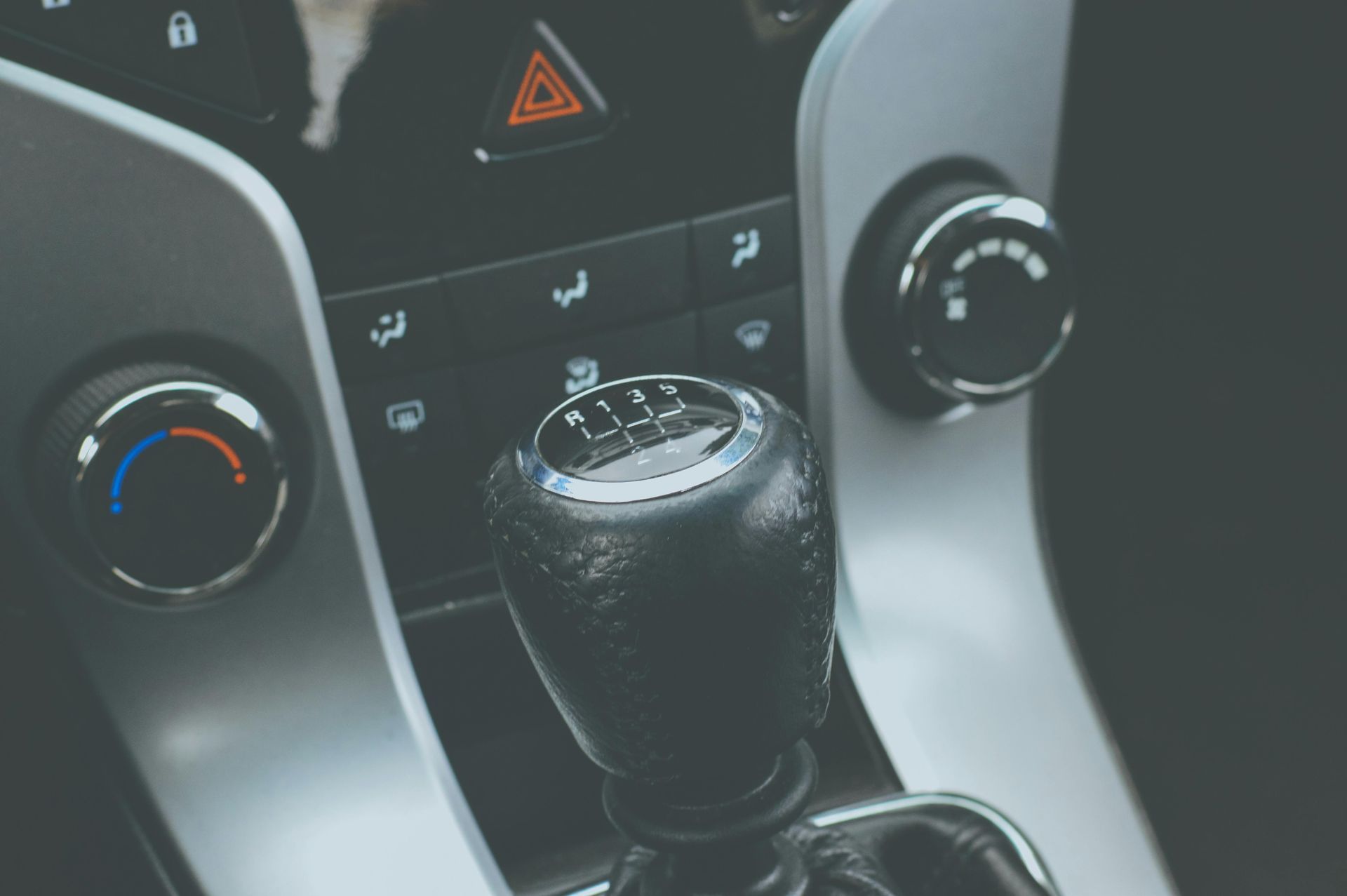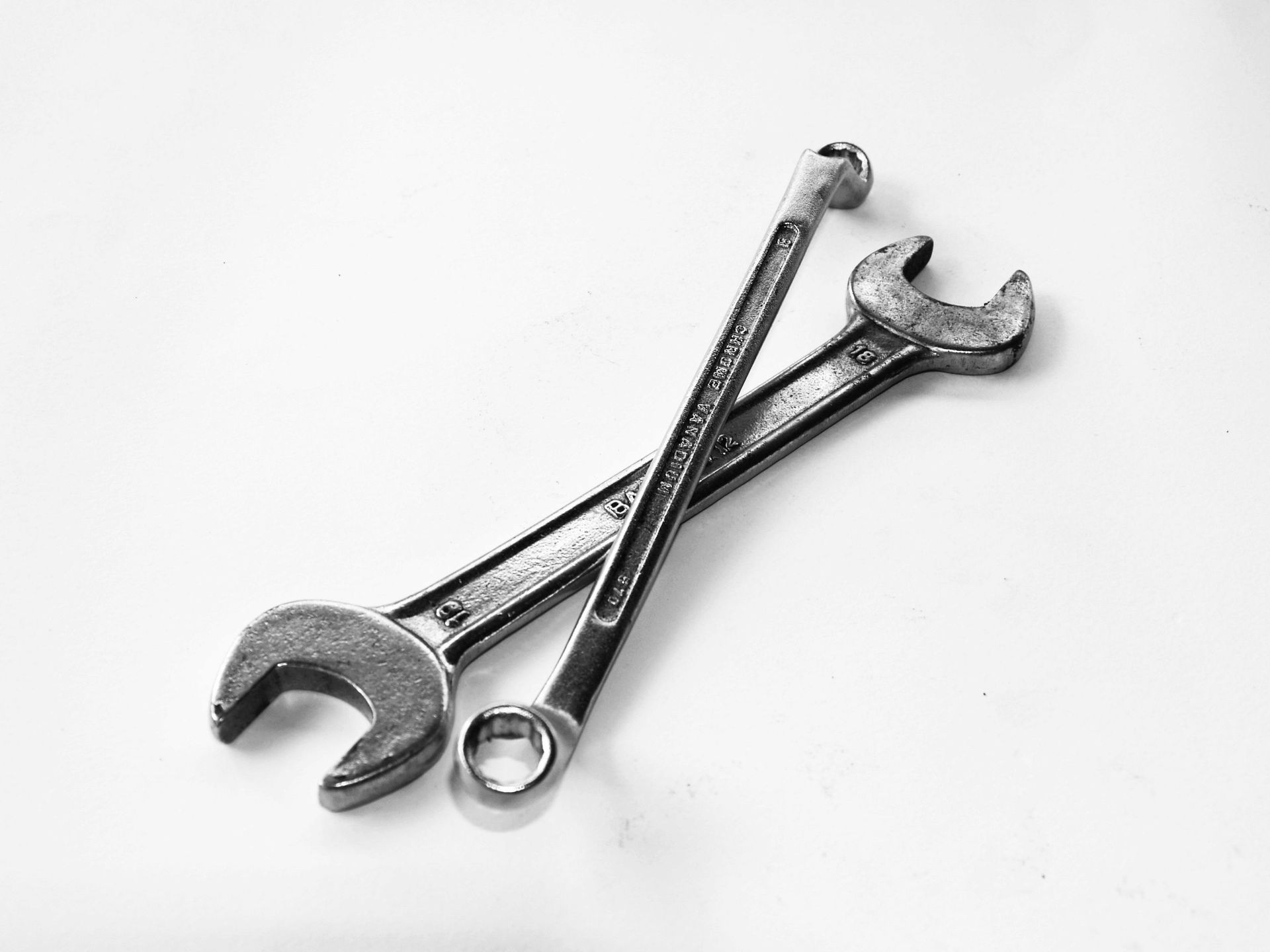Transmission Repair & Maintenance at Eagle Transmission Watauga
When your transmission isn't operating properly, you need trained professionals who understand how to get the job done right. Eagle Transmission has specialized in transmission service and repair since 1983. From minor leaks and slipping gears to complete rebuilds, our trained technicians recovery your vehicle back on the road.
Why Your Transmission Matters
The transmission is the heart of your vehicle’s drivetrain. It’s responsible for transferring power from the engine to your wheels smoothly and efficiently. If it starts to fail, your vehicle’s performance, safety, and reliability can quickly suffer.
Our Transmission Services
We provide total transmission care to include:
- Automatic Transmission Services – Diagnose shifting problems, leak repair.cpu.jpeg Replace worn or damaged parts Valparaiso Indiana Only Pack the following: Oil Filter Fuel Filter Spark Plugs 2 Gal.
- Manual Transmission – Clutch service, slave/master cylinders, and adjustments.
- Transmission Fluid Service – Drain, renewed transmission fluid with conditioners and check is used to complement performance.
- Torque Converter Repaire by Sinister Diesel -Eliminate acceleration wedging and shifting problems!
- Complete Transmission Remanufacturing – Perfect for getting your transmission back to the factory’s specs when swapping it out is not an option.
Signs You Need Transmission Service
Bring your vehicle in for a check if you notice:
- Gears slipping or not engaging
- Delayed or rough shifting
- Unusual noises (whining, grinding, or humming)
- Transmission fluid leaks under your vehicle
- Burning smell while driving
- Warning lights on your dashboard


Our Process
When you come to our Watauga shop for transmission service, here’s what you can expect:
- Free Transmission Diagnostic with Repair – Includes computer scan, road test, and visual inspection.
- Clear Explanation – We’ll explain the problem in plain language and give you repair options.
- Upfront Pricing – You’ll know the cost before any work begins.
- Quality Repairs – Done by certified technicians using quality parts.
- Test & Verification – We road test every repair before returning your vehicle.
Why Choose Eagle Transmission Watauga?
- Certified Transmission Specialists with decades of combined experience
- Advanced Diagnostic Tools for accurate problem detection
- Full-Service Auto Repair so we can address related issues at the same time
- Local, Family-Owned Business serving Watauga, Haltom City, North Richland Hills, Keller, and nearby communities
Schedule Your Transmission Service Today
📍 Address: 5951 Rufe Snow Dr, Watauga, TX 76148
📞
Call Us: (817) 405-2516
🕒
Hours: Monday – Friday: 8:00 AM – 5:00 PM
💻
Book Online


